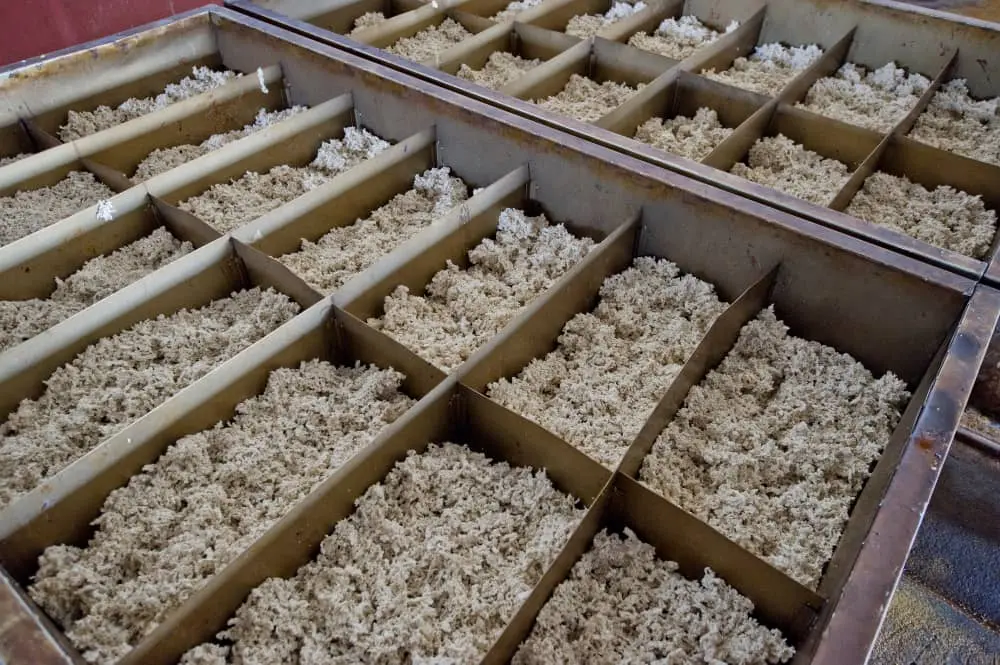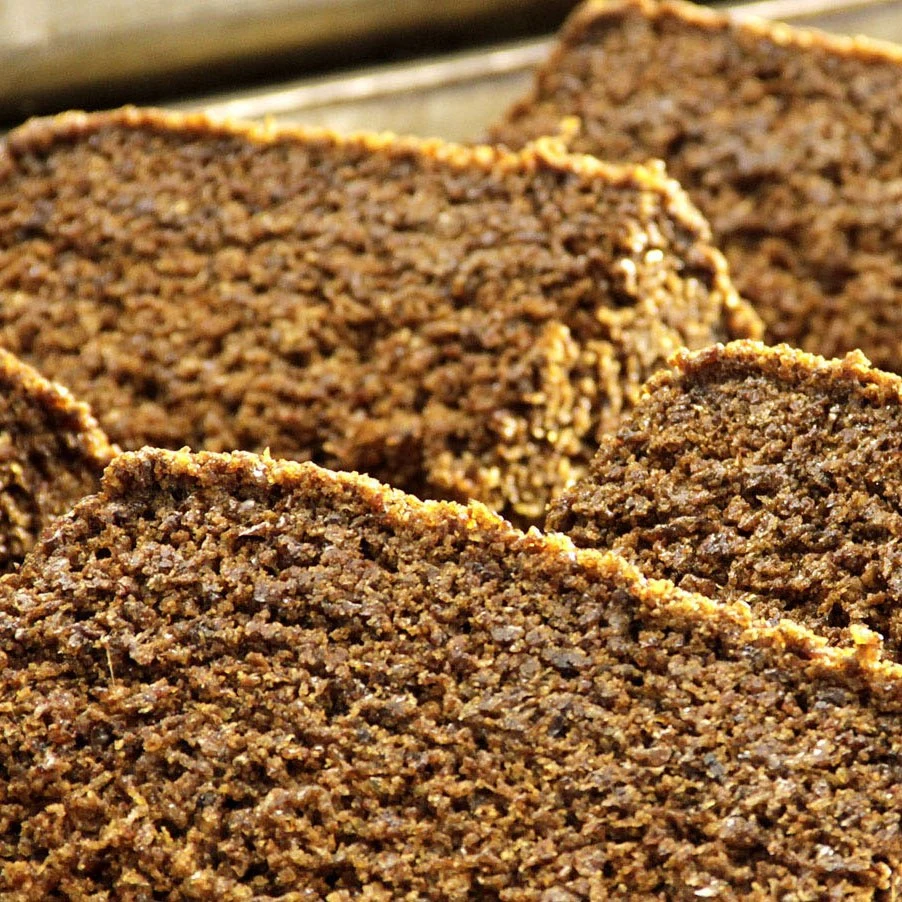TSR L Latex Grade Natural Rubber
Contrasting with other latex grades like TSR 50 and TSR 60, which are classified based on the Mooney Viscosity scale, TSR L undergoes classification via the Lovibond scale, specifically distinguishing itself with its lightest coloration among the TSR categories. This distinctive characteristic underscores its applicability in specialized fields that demand such unique attributes.
Globally acknowledged standards are maintained in the production of TSR L, with rubber-producing nations adhering to their own TSR standards while aligning with the international ISO standard. This ensures consistency in quality across different markets. Prominent rubber-producing countries have adopted various designations, such as STR in Thailand, SIR in Indonesia, and SMR in Malaysia.
Benefits and Features of TSR L:
- Color and Purity: TSR L is notable for its light color and cleanliness, attributes that are essential for specific applications.
- Heat-Aging Resistance: The rubber demonstrates excellent resistance to aging effects caused by heat, maintaining its performance and structural integrity over time.
- Vulcanisate Properties: The elimination of the premastication process and a reduction in reject rates contribute to a more efficient production cycle, resulting in cost savings.
- Resilience to Scorching: TSR L exhibits superior vulcanisate properties, yielding high tensile strength, modulus, and elongation at break. This is applicable for both black and non-black mixtures, ensuring versatility in application.
Applications of TSR L:
- Surgical and Pressure Sensitive Products: Given its light color, cleanliness, and strength, TSR L is ideal for medical applications such as surgical tapes, pressure sensitive tapes, and other related products.
- Textiles: The rubber’s properties make it suitable for applications in spread textiles, enhancing the quality and durability of the final product.
- Industrial Rollers: TSR L’s strength and resistance to wear make it a reliable choice for large industrial rollers, particularly in the paper printing industry.
- Consumer Products: The rubber is used in the production of a variety of consumer goods, including hot water bottles, rubber bands, sport footwear, and rubberised curtaining.
- Automotive and Industrial Applications: TSR L finds its use in manufacturing components like bicycle tubes, cable sheaths, and washing machine gaskets.
To understand the differences and find possible latex grade alternatives, one might consider examining other grades like TSR CV 50 and TSR CV 60.
TSR L Specifications
| Characteristic (TSR L) | Thailand (STR 5L) | Indonesia (SIR 3L) | Vietnam (SVR 3L) | Malaysia (SMR L) |
|---|---|---|---|---|
| Dirt content on 44u aperture, max %wt | 0.04 | 0.03 | 0.03 | 0.02 |
| Ash content, max %wt | 0.40 | 0.50 | 0.50 | 0.50 |
| Nitrogen, max % wt | 0.60 | 0.60 | 0.60 | 0.60 |
| Volatile matter, max %wt | 0.80 | 0.80 | 0.80 | 0.80 |
| Wallace rapid plasticity (Po), min | 35 | 30 | 35 | 35 |
| Plasticity retention index (PRI), min % | 60 | 75 | 60 | 60 |
| Lovibond Colour: individual value (max) | 6.00 | 6.00 | 6.00 | 6.00 |
| Lovibond Colour: individual range (max) | 2.00 | 2.00 | 2.00 | 2.00 |

